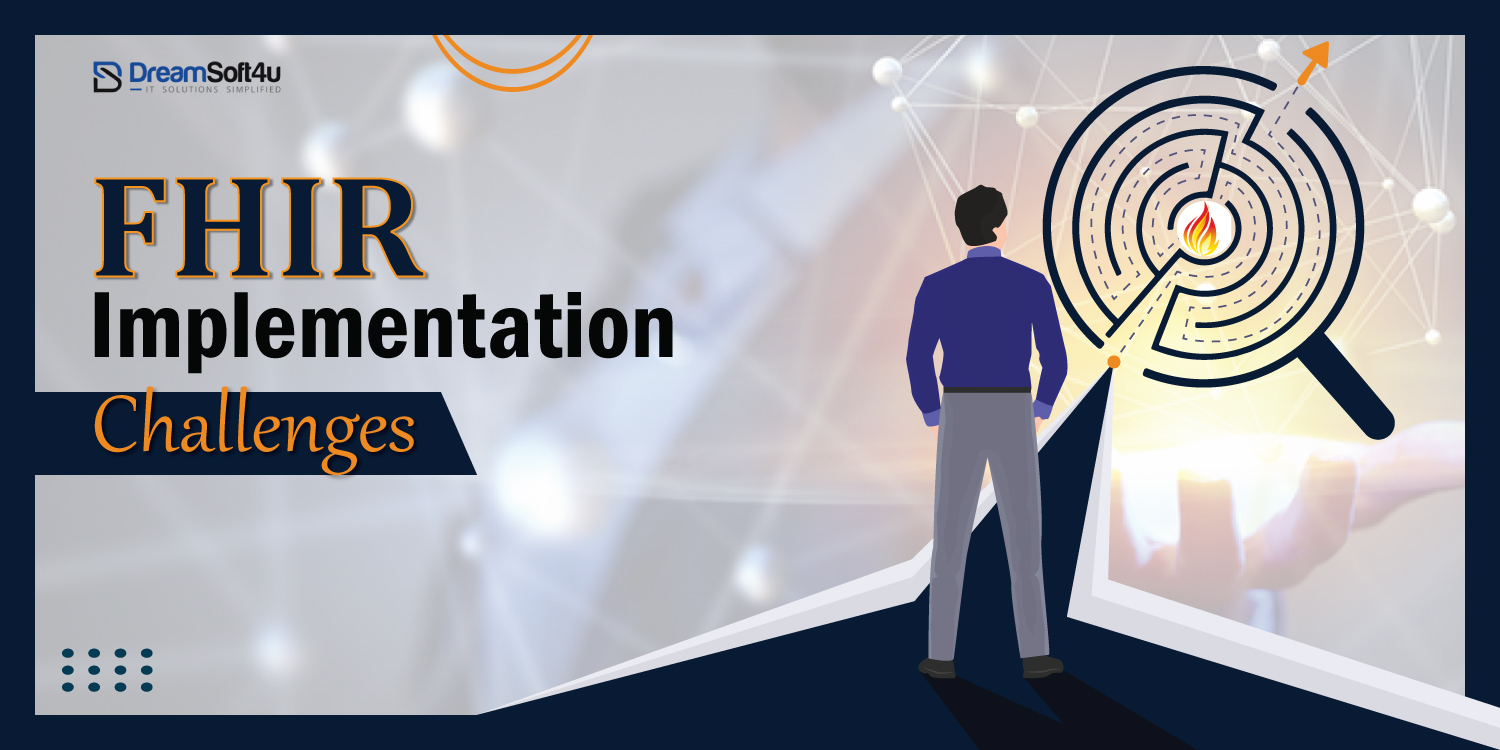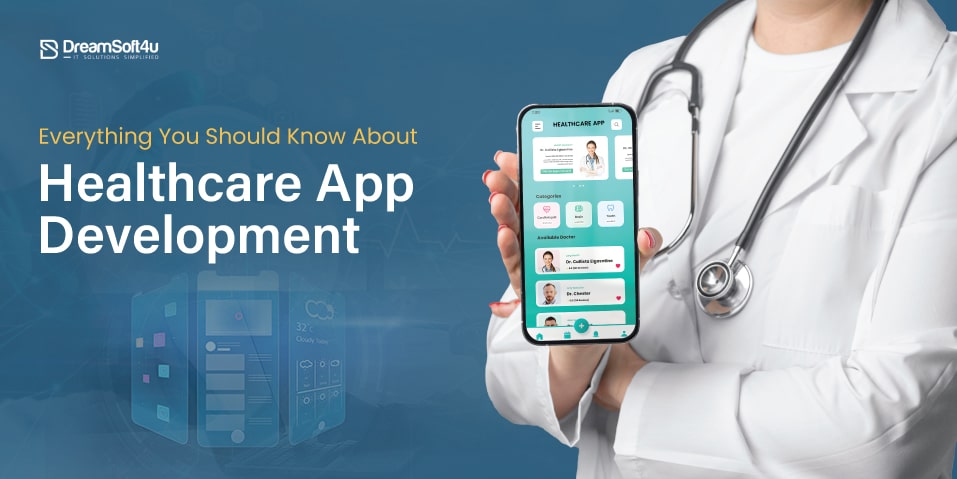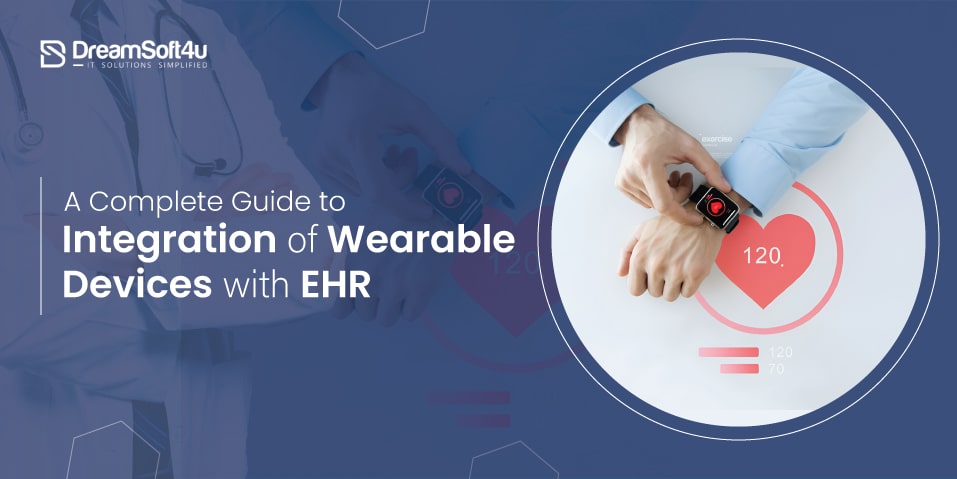If you know the HL7 standards, you have also learned how difficult it is to work with the HL7 standards. The most common challenge people encountered was how the standard was interpreted and implemented, which hindered the smooth exchange of data and demanded additional translation layers. To resolve the above issues, FHIR was established. Like any standard has its own benefits and drawbacks, and so does FHIR. FHIR’s adoption has its own challenges. FHIR was created to overcome the above-said issues. In this article, we discuss the need for FHIR implementation challenges.
Table of Contents
ToggleWhat is FHIR?
While it’s been around for a while, Fast Healthcare Interoperability Resources (FHIR) is gaining new attention. Especially since both Apple and CMS have recently embraced it.
You May Also Like:
Given that electronic health records (EHR) are increasingly preferred over paper-based patient record keeping systems, both FHIR and FHIR HL7 will play a crucial role.
Most people in healthcare have heard of HL7, even if they’re not tech experts. They know it’s vital for connecting healthcare systems and that using HL7-compliant software is a must.
How do FHIR resources function?
FHIR is primarily developed for the internet only and operates on the principle of ‘resources,’ leading to any information that can be shared in any form and used as building blocks to block into existing structures. It may be something, whether it is a common collection of metadata, a human-readable component or a representation system, or a common concept by the word ‘tools.’ Resources must also be based on JSON, XML, Atom, HTTP, or OAuth structure. The goal is to construct a structure that can be used, regardless of how it was devised, to adapt or expand resources, to be interpreted and demonstrated by any method. FHIR is known to be used and accessed in a broad range of cloud communications, EHRs, mobile apps, etc.
Get A Best Healthcare Software Development Company!
We Can Assist! Your Top Healthcare Software Development Company Is Just a Click Away!
98+ Client Retention
FHIR Implementation Challenges
Fast Healthcare Interoperability Resources (FHIR) is an innovative technology in the healthcare industry. FHIR enables patient data outside the EHR to be accessed by clinical applications while remaining compliant with requirements. FHIR does so, like any offering or technology, with its own pros and cons. FHIR’s adoption has its own problems. It is an ongoing challenge to build application environments where medical terminology is specific without compromising accessibility for patients and others that are less medically educated. Some challenges are given below:
1. Potential threats for vendors
FHIR’s ability to shorten implementation times of essential systems such as a common health record (through effortlessness and speed of use) may be undermined by some IT vendors, which decreases revenue. FHIR adoption is effectively supported by the best integration providers that facilitate speed and ease of implementation, such as CapMinds, to help transformation.
Other contradictions also exist when EHR providers do not enforce all the existing FHIR APIs and do so even for the example, and then they do not enforce the whole API. This inconsistency undermines the aim and purpose of achieving interoperability.
2. Data matching issues are quite rampant
Another challenge faced with FHIR is that the data might not always be the same. Take lab reports, for instance. If there is no standard matching technology, providing a particular terminology for a vendor-EHR is practically impossible. This creates problems with data matching. Most of the challenges can be solved if there is standard terminology for all such medical criteria.
3. Fast development but fast deployment
A key feature of FHIR is a fast and simple implementation, but the standard and the programs it supports can only be deployed at a speed that each healthcare organization can handle. Many healthcare providers do not realize the resources needed for creating messaging, vocabulary, and interoperability standards. To include FHIR, improvements in IT infrastructure are also necessary, while investment in ongoing maintenance, support, and education/training would be needed.
4. Constant vigilance and testing is important
Interoperability is maybe only at its early stage because the long and painstaking process of seamless interoperability between various systems only needs to be undertaken. FHIR Implementation Challenges is an international standard but will not always be compatible with anything. And you need to ensure that the validation and testing tools work to comply with the FHIR requirements for server compliance.
5. A bottom-up approach
Standard production usually starts with an enthusiastic group of volunteers. Still, governments are not likely to write it into law until FHIR implementation challenges reach a level of maturity, and adoption is likely to be slower. In the Netherlands, Canada, and England, HL7 V3 was largely popular as the standard was used to facilitate interoperable electronic health records systems.
Conclusion
For over years of experience, Dreamsoft4u is a Custom Healthcare software development company in USA, India, and UAE. We help clients to become more competitive in the marketplace. We take an agile approach to designing and developing scalable Software and applications to help businesses accomplish their goals.











